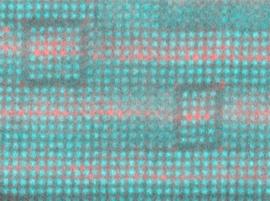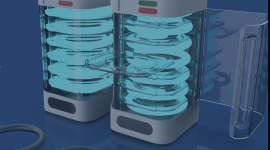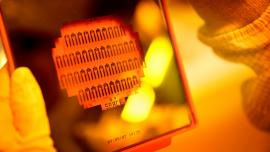
New material answers call for high-frequency electronics
Millions of cellphones rely on barium-strontium titanate to adjust, or “tune,” their antennae circuitry and achieve clear reception. A Cornell-led collaboration has created a new material that will bring this clarity and extra bandwidth to the next generation of cellphones and other high-frequency electronics. Read more






